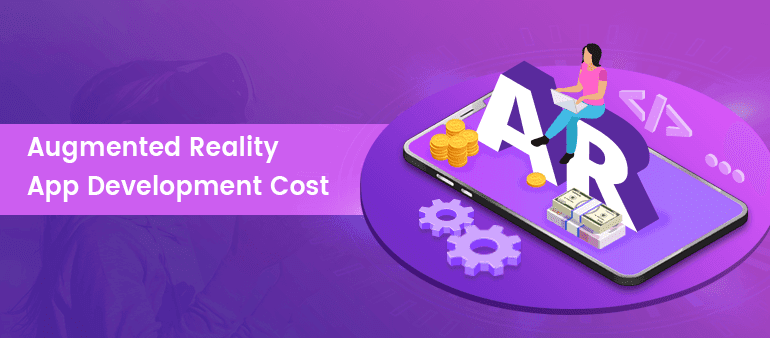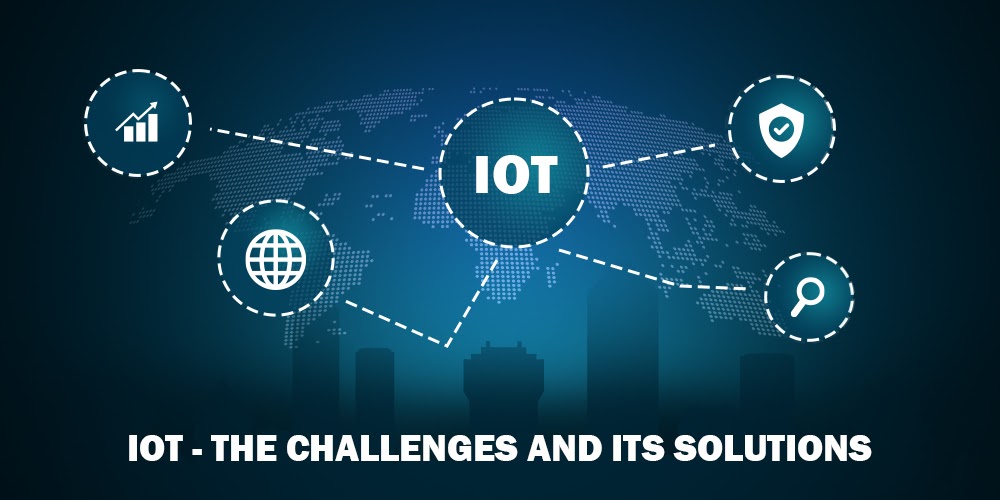Augmented reality is unquestionably a futuristic technology. It uses computer-generated input to not just enhance components but widen the horizons of the real world environment. And that’s where it influences the digital world in its own beautiful way by working with the real life objects and not with objects that don’t exist, unlike Virtual reality.
In 2020, consumer AR/VR spending is expected to reach around seven billion U.S. dollars (Source: Statista).
Having said that, over the years, the scope of AR has soared and the technology has been incorporated into different businesses to simplify daily tasks and business actions. It is no longer the time when the use of Augmented reality was just limited to the technical world but now it is integrated into various sectors & industries and this integration is benefiting businesses in many ways.
The AR apps are used for staff training, quick referencing, and cooperative work in such businesses. Moreover, such apps can help you seamlessly track inventory and offer maximum support in business workflows. Over and above, the AR development process involves steps like testing, deployment, and post release that have its own expenses. Other than that, the app maintenance includes app’s update, security, addition of new features, third party charges, etc. Not to forget, the main code architecture and application design are the two closely related processes that comprise steps like 3rd party API integration, providing access to enterprise data, data storage, basic controls, encryption, scalability and the designing part includes 3D graphic designing, UI/UX designing, animation, visual design, and so much more.
AR-powered features are used to strengthen applications and games and thus, businesses. And moreover, mobile devices and good internet speed has made AR more accessible by being available on regular devices. AR has entered several industries - architecture, navigation, and healthcare to name a few.
Zooming into the dynamics of pricing
There are several factors that influence the time and cost of developing a fully functional and well developed augmented reality app. And, the cost hinges upon a few subsidiary aspects like the type of app, scope of work, timeline, the AR development team, customization in the app, and more but the design, features, and the functionality are the primary factors that most importantly determine the pricing. With every feature a developer wants to implement, the complexity of an app increases. A few factors determining the cost of developing an augmented reality app are jotted down below.
1. There are three kinds of AR apps one can choose from for development. The types are Marker-based AR apps, Location-based AR apps, and Slam based AR apps. The costing differs for these different types of AR apps. The location-based and Slam based tracking AR app are way costlier to develop than the marker-based apps. The marker-based AR apps offer the flexibility to scan physical images called markers to provide images and a 3D model. Augmented reality business cards are an example. They also provide the opportunity to develop and integrate.
2. Unlike the former, Location-based AR apps collect the user’s information like the location from the GPS and not by scanning any physical object. Example being the 2016’s famous augmented reality mobile game, Pokemon Go.
3. Simultaneous localization and mapping (SLAM) technology is used in self-driving cars, drones, robots, and more. With the help of multiple sensors, algorithms integrate complex data to calculate the user’s position, place 3D objects in real surroundings, and create a map of the unknown environment. This technique is also used to build 3D models of random real objects by simply moving the camera around it. This approach has extensively received great acceptance in the field of Augmented reality as it uses feature points to understand the physical world around and allows AR applications to overlay digital interactive augmentations.
4. Then again, augmented reality apps fall into one of the three categories, that are Augmented reality 3D viewers, Augmented reality browsers, and Augmented reality game apps. These complex categories of apps also contribute in regulating the cost of augmented reality app development.
5. AR Viewer development apps are intricate and its complexity depends on the AR types and the client’s requirements. Augmented reality browsers employ market based AR features and location-based, along with an internet connection for a functional GPS, gyroscope, device APIs and compass. Augmented reality content can also be incorporated into its pages. It also provides the feasibility to purchase such products from the browser using a payment gateway integration, 3D models of the products, and security measures. AR game development cost also depends on in-game mechanics, and appropriate content as these are the factors that make the game interesting, fun, and provides the player’s a better gaming experience. Storytelling, music and sound effects, real-time multiplayer, and tiny elements like these are what grabs all the attention.
The typical cost of an Augmented reality 3D viewers app is estimated to range between $35,000 to $70,000. Augmented reality browsers will range between $50,000 to $85,000 and Augmented reality game apps would cost between $50,000 to $200,000.
6. Augmented reality apps are accessible in all sorts and support several platforms that include Apple iOS, Android, PC, and Windows Phone. The platform is chosen keeping in mind the preferences of the target audience and it is suggested to create an app that is platform specific. The AR development cost varies based on the platform.
7. Augmented reality SDK (software development kit) allows developers to use packages of software development tools and libraries to develop augmented reality applications instead of creating everything from scratch. Examples are Vuforia, Wikitude, Kudan, and more that provide powerful augmented reality tools and impact the cost of development.
8. There are a lot of requirements that an app is expected to meet and planning that is believed to help us meet those expectations. An accurate estimation of the cost cannot be made because of the several factors involved in the process. One of the important determining factors includes the project size and the members involved in a development team that are crucial to complete their roles and tasks of the augmented reality project.
9. Augmented Reality apps customization with diverse functions and features based on the business type and its requirements and more such features increase complexity. And, adding such features, functionalities, and customizations affect the app development cost but satisfy user’s requirements.
The type of app the client may want might be a simple gyroscope based app or an app using SLAM technology, with 3D models and simple user interfaces, apps with different number of models used and with a different number of screens and screen sizes it could lie on, and contrasting compatibility for various platforms. There are various challenging factors and complexity involved in the process and as discussed earlier, the final cost of an AR app is affected by several factors. Nonetheless, AR applications hold enormous capability to skyrocket productivity and profitability for a business.
However, with time passing, we get to see more advancements in mobile devices and the outsized integration of augmented reality in our daily lives. Therefore, it is extremely necessary for Augmented reality development companies to offer AR products and services that meet the customer’s interests. On the related note, Logic Simplified, an Augmented reality game development company in India builds AR solutions for both small and enterprise-scale businesses. They have a team of highly experienced and innovative game app developers that create AR applications that have the potential to build brand recognition, increase customer engagement and accessibility by providing support and receiving customer feedback. So, for businesses looking for solutions and expansion, the robust features of AR will help you to not just keep up in the competitive market but will make sure you hit that ball of progression right out of the park.
 Get a Quote
Get a Quote















